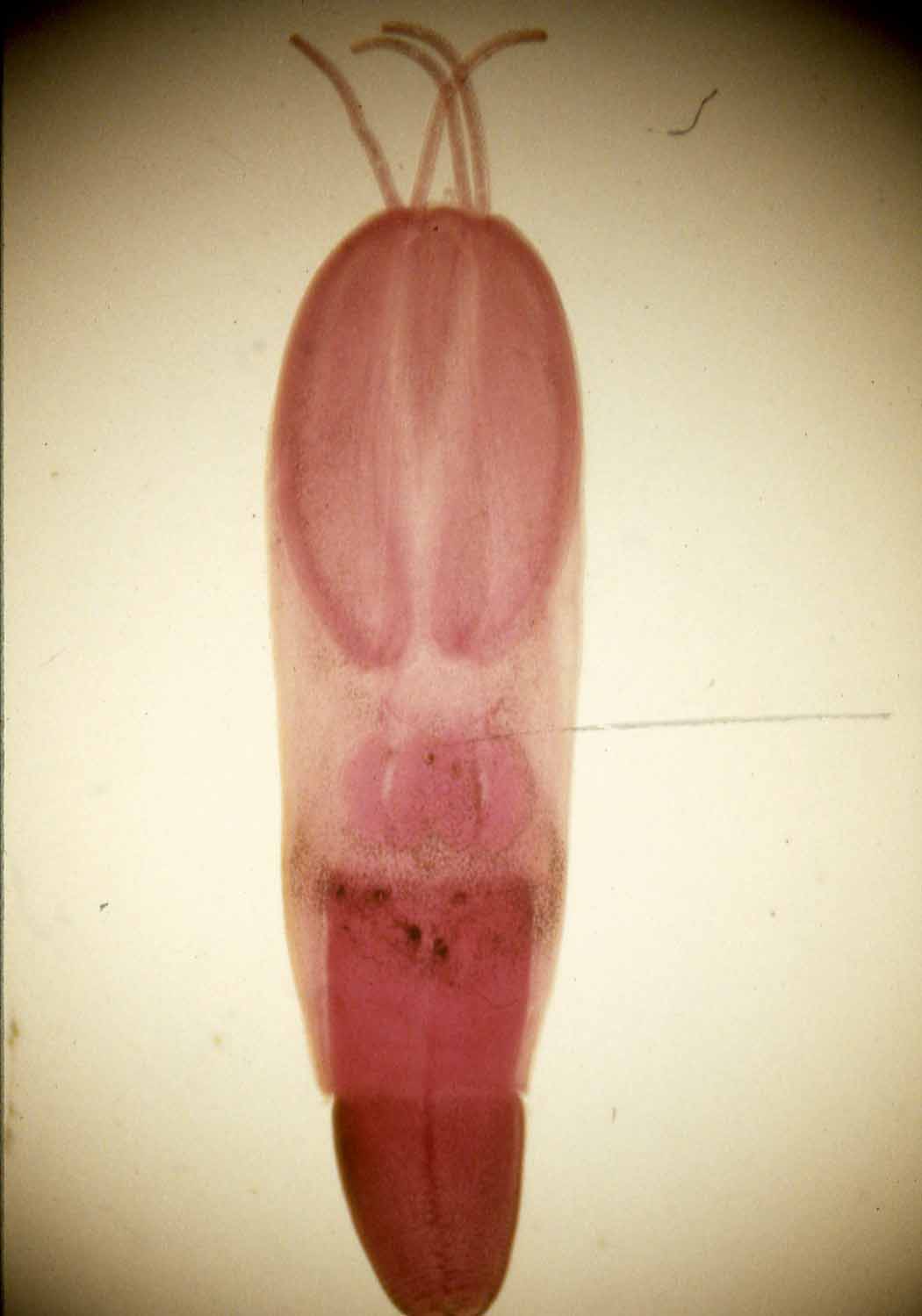

Fig. 3. A plerocercoid larva of N. surmenicola
| Parasite | Nybelinia surmenicola |
|---|---|
| Taxonomy | Plathyhelminthes, Cestoda, Trypanorhyncha |
| Hosts | Alaska pollack (Theragra chalcogramma), Japanese common squid (Todarodes pacificus), etc. |
| Infection site | Peritoneal cavity, mantle cavity, muscle |
| Clinical sign | No external signs are evident. Rice bean-shaped parasites are observed in the peritonea and peritoneal cavity (Figs. 1 and 2). |
| Parasitology | Plerocercoid larvae of Nybelinia surmenicola are encysted by hostfs tissues in fish and squids. The worm (about 5-10 mm) has 4 tentacles at the apical end of the head (Fig. 3). The tentacle is armed with hooks, which arrange spirally, and plays a role of an anchor. N. surmenicola utilizes krill as the intermediate host, fish as the paratenic host and salmon shark Lamna ditropis as the definitive host (Shimazu, 1975). The species name esurmef means eJapanese common squidfin Japanese and ecolaf means einhabitant.f |
| Pathology | The pathogenicity to fish host is low. |
| Health hazard | Since this parasite is not infectious to human, it is harmless in food hygiene. In rare cases, this parasite sticks humanfs throat, but this can be readily removed by forceps. |
| Diagnosis | Larvae of Trypanorhyncha possess characteristic 4 tentacles at the apical end of the scolex. |
| Other information | N. surmenicola is often utilized as a biological tag to discriminate fish populations because of its high abundance and a low pathogenicity (Blaylock et al., 2003). |
| References |
Blaylock,
R. B., L. Margolis and J. C. Holmes (2003): The use of parasites in
discriminating stocks of Pacific halibut (Hippoglossus
stenolepis) in the northeast Pacific. Fishery
Bulletin, 101, 1-9. |

Fig. 1. Nybelinia (arrows)in the peritoneal cavity of Alaska pollack.

(Photos by K. Ogawa)
Fig. 2. Nybelinia (arrows) in Japanese common squid.